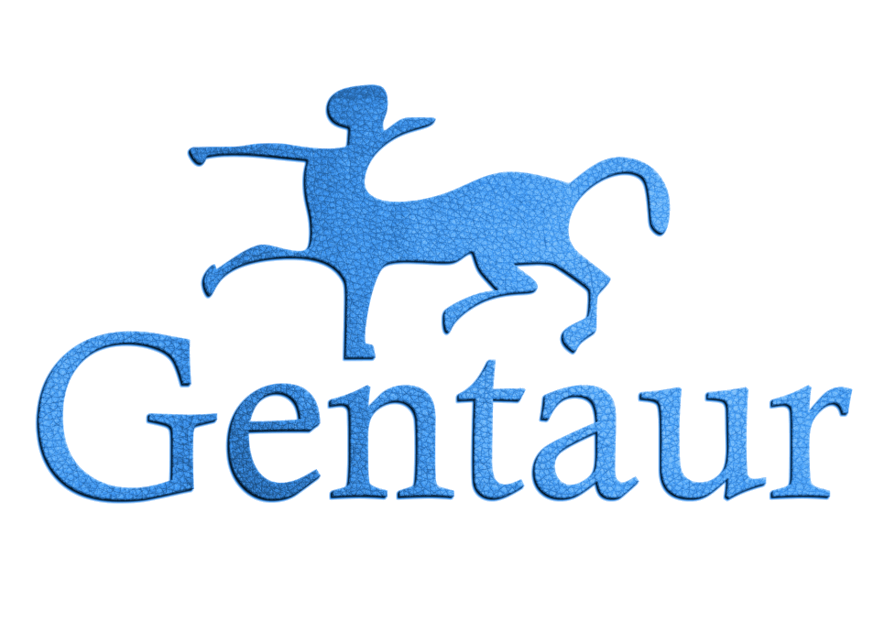-
Long name
Polyclonal Antibody to Tumor Necrosis Factor Receptor Superfamily, Member 1A (TNFRSF1A)
-
Antigen
Tumor Necrosis Factor Receptor Superfamily, Member 1A (TNFRSF1A)
-
Synonim names
N/A
-
Other names
tumor necrosis factor receptor superfamily member 1A; Tumor necrosis factor receptor superfamily member 1A; tumor necrosis factor receptor superfamily member 1A; TNF-R1; TNF-RI; TNFR-I; tumor necrosis factor-alpha receptor; tumor necrosis factor receptor type 1; tumor necrosis factor binding protein 1; tumor necrosis factor receptor 1A isoform beta; tumor necrosis factor receptor superfamily, member 1A; Tumor necrosis factor receptor 1; TNF-R1; Tumor necrosis factor receptor type I; TNF-RI; TNFR-I; p55; p60
-
Gene name
Tumor Necrosis Factor Receptor Superfamily, Member 1A (TNFRSF1A) ; TNFRSF1A
-
Gene synonims
TNFRSF1A; TNFRSF1A; FPF; MS5; p55; p60; TBP1; TNF-R; TNFAR; TNFR1; p55-R; CD120a; TNFR55; TNFR60; TNF-R-I; TNF-R55; TNFR1-d2; TNFAR; TNFR1; TNF-R1; TNF-RI; TNFR-I; TBPI
-
Category
Antibodies
-
Clonality
Polyclonal Antibodies
-
Clone
Not applicable to Polyclonal Antibodies
-
Reacts with
Due to limitted amount of tested species we cannot guarantee that no crossreactivity will occur.
-
Specificity
The antibody is a rabbit polyclonal antibody raised against TNFRSF1A. It has been selected for its ability to recognize TNFRSF1A in immunohistochemical staining andwestern blotting. ;This is an antibody designed to detect Tumor Necrosis Factor Receptor Superfamily, Member 1A (TNFRSF1A) ; TNFRSF1A
-
Purification method
This antibody was purified via Affinity Chromatography
-
Form Appearance
Supplied as solution form in PBS, pH7.4, containing 0.02% NaN3,50% glycerol.
-
Concentration
0.2mg/ml
-
Storage shipping and handling
The antibody is shipped at +4 degrees Celsius. Upon receving, freeze at -20. For longer periods of time we recommend keeping the vial frozen at -40 or -80. Avoid cycles of freezing and thawing as they may denaturate the polypeptide chains of the antibody. Due to transportation or handling reasons, small amounts of the antibody might get caught on the lid or walls of the vial. We recommend you to briefly cetrifuge the vial prior to use to gather the content on the bottom.
-
Applications
Immunocytochemistry (ICC), Immunohistochemistry (IHC) - Formalin/Paraffin, ELISA, EIA, IFA, ELI-Spot, Western Blot (WB)
-
-
Description
This antibody needs to be stored at + 4°C in a fridge short term in a concentrated dilution. Freeze thaw will destroy a percentage in every cycle and should be avoided. Aplha, transcription related growth factors and stimulating factors or repressing nuclear factors are complex subunits of proteins involved in cell differentiation. Complex subunit associated factors are involved in hybridoma growth, Eosinohils, eritroid proliferation and derived from promotor binding stimulating subunits on the DNA binding complex. NFKB 105 subunit for example is a polypetide gene enhancer of genes in B cells. The receptors are ligand binding factors of type 1, 2 or 3 and protein-molecules that receive chemical-signals from outside a cell. When such chemical-signals couple or bind to a receptor, they cause some form of cellular/tissue-response, e.g. a change in the electrical-activity of a cell. In this sense, am olfactory receptor is a protein-molecule that recognizes and responds to endogenous-chemical signals, chemokinesor cytokines e.g. an acetylcholine-receptor recognizes and responds to its endogenous-ligand, acetylcholine. However, sometimes in pharmacology, the term is also used to include other proteins that are drug-targets, such as enzymes, transporters and ion-channels.
-
Properties
If you buy Antibodies supplied by MBS Polyclonals they should be stored frozen at - 24°C for long term storage and for short term at + 5°C.
-
French translation
anticorps
-
Gene target
-
Gene symbol
TNFRSF1A
-
Short name
Anti-Tumor Necrosis Factor Receptor Superfamily, Member 1A (TNFRSF1A)
-
Technique
Antibody, anti, antibody to, antibodies against human proteins, antibodies for
-
Host
Rabbit (Oryctolagus cuniculus)
-
Isotype
Immunoglobulin G (IgG)
-
Alternative name
Tumor Necrosis Factor Receptor Superfamily, Member 1A (TNFRSF1A) Antibody
-
Alternative technique
antibodies
-
Alternative to gene target
tumor necrosis factor receptor superfamily, member 1A, CD120a and FPF and MS5 and p55 and p55-R and p60 and TBP1 and TNF-R and TNF-R-I and TNF-R55 and TNFAR and TNFR1 and TNFR1-d2 and TNFR55 and TNFR60, TNFRSF1A and IDBG-13807 and ENSG00000067182 and 7132, tumor necrosis factor binding, nuclei, Tnfrsf1a and IDBG-189844 and ENSMUSG00000030341 and 21937, TNFRSF1A and IDBG-640513 and ENSBTAG00000004211 and 282527
-
Tissue
tumor
-

